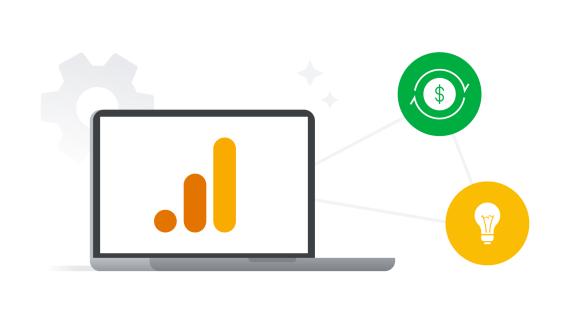User Behavior Analytics (UBA) services refer to the professional analysis and interpretation user behavior data to gain insights into how users interact with digital products, services, or platforms. This information is used to enhance user experience, improve product design, optimize marketing strategies, and sometimes even for security purposes. Here’s a detailed overview of what UBA services typically involve:
Key Components of User Behavior Analytics Services
1. Data Collection
- Web Analytics: Gathering data from websites using tools like Google Analytics, Adobe Analytics, etc.
- App Analytics: Collecting data from mobile apps through platforms like Firebase, Mixpanel, etc.
- User Interaction Data: Capturing clicks, scrolls, navigation paths, and other interactions.
- Behavioral Data: Collecting data on user actions such as purchases, downloads, form submissions, etc.
2. Data Processing and Cleaning
- Data Integration: Combining data from various sources for a unified view.
- Data Cleaning: Removing duplicates, correcting errors, and ensuring data consistency.
3. Behavioral Analysis
- Segmentation: Dividing users into segments based on behavior, demographics, or other criteria.
- Journey Mapping: Visualizing the steps users take from entry to conversion or exit.
- Funnel Analysis: Analyzing the stages of user interaction to identify where users drop off.
- Heatmaps: Visual representations showing where users click, scroll, and spend the most time.
4. Predictive Analytics
- Behavior Prediction: Using historical data to predict future user actions.
- Churn Analysis: Identifying users who are likely to stop using the product and understanding why.
- Recommendation Systems: Suggesting products or content based on user behavior patterns.
5. User Feedback and Sentiment Analysis
- Surveys and Polls: Collecting direct feedback from users.
- Sentiment Analysis: Analyzing user reviews, comments, and social media to gauge sentiment.
6. Reporting and Visualization
- Dashboards: Creating interactive dashboards for real-time data monitoring.
- Custom Reports: Generating detailed reports tailored to specific business needs.
7. Optimization and Personalization
- A/B Testing: Conducting experiments to determine the most effective design, content, or features.
- Personalization: Tailoring the user experience based on individual behavior patterns.
8. Security Analytics
- Anomaly Detection: Identifying unusual behavior that may indicate security threats.
- Fraud Detection: Analyzing user behavior to detect fraudulent activities.














